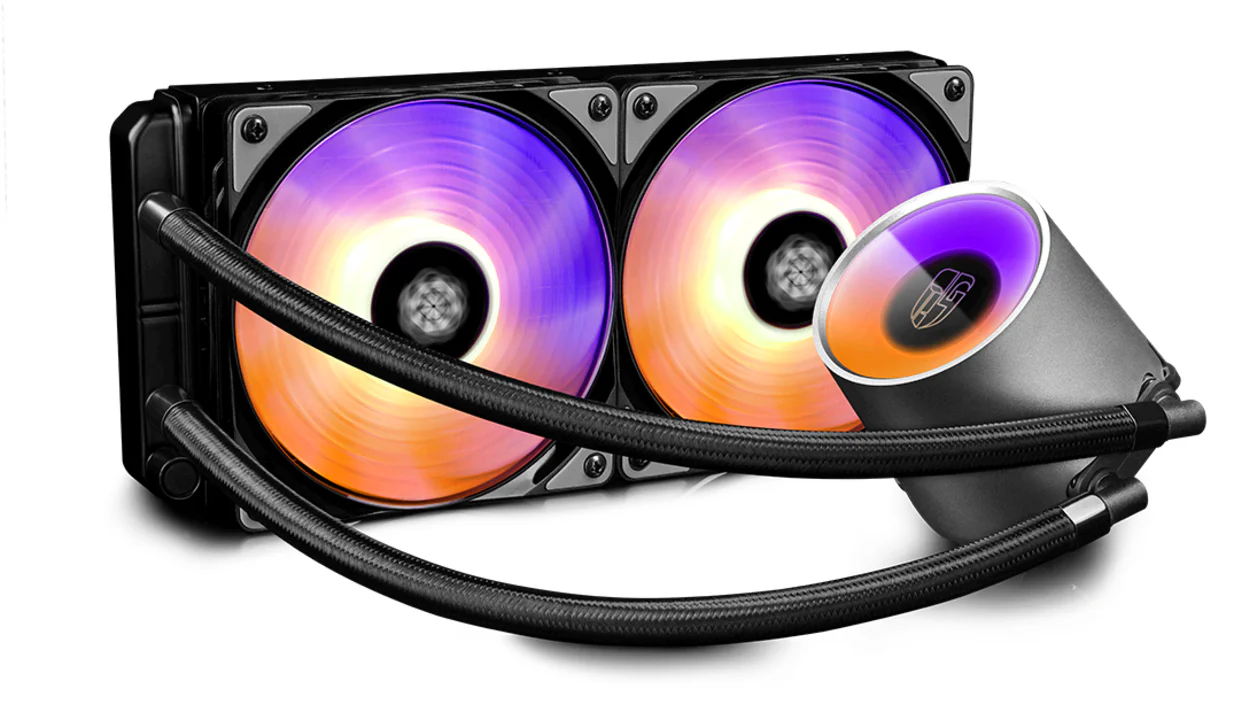After three years of research and development, DeepCool has come up with a new technology that would prevent PC drenching. DeepCool’s Castle 240RGB V2 offers a solution to prevent leaks and spillage.
The liquid cooler uses its pressure relief elastic bag located inside the PC’s 240mm-radiator. It’s an ingenious technology with one side of the bag exposed to the outside air. The other side, meanwhile, is placed in a coolant.
DeepCool boasts of being the first to integrate the pressure-relief device to protect the all-in-one CPU cooler. According to DeepCool, this technology will help increase the internal volume of the system by having the elastic bag inside. The bag gets squeezed once the pressure inside exceeds. It helps in releasing the accumulated pressure, thereby preventing leakage.
The elastic bag is made of EPDM premium material from DuPont. The material provides for the pressure bag’s resistance to aging, anti-corrosion, maximum elasticity, and impact-resistance. Its hose uses a combination of IIR material and rubber made from the US and Japan.
The material used provides a boost to air tightness and elasticity. Meanwhile, the layers of refined fiber inside the hose provide more resistance to pressure. DeepCool said they are also using premium coolant and manages the level at a precision of 0.01g.
The Castle 240RGB V2 also comes with two 120mm fans and RGB lighting. The latest version of the model copies the original’s mirror finish. Its pump also has ambient light that adds value to its aesthetic features.
Regular liquid coolers are regarded as generally safe, but DeepCool warned PC owners not to neglect its risks. It actually makes sense. Recently, a previous partial recall was implemented by Corsair for its Hydro Series H100i RGB Platinum SE cooler.
About two weeks ago, Corsair found out that less than one percent of their specific cooler leaked some coolants. Corsair bared “small amount of coolant” leaked into the hose sleeve showing bright green liquid. Corsair offered replacements to those who were affected.
Accidental spillage inside PCs might occur since the volume expands and exceeds critical levels as the temperature of coolants rises. The system may also generate gas that contributes to the pressure inside the system which aggravates the risks of leaking. Leakages can cause irreversible damages to the PC.
It could result in damages in the graphics card, motherboard, and CPU. PC owners can risk losing their data when the hardware is damaged. Leaking coolant is also a possible cause of fire accidents.







